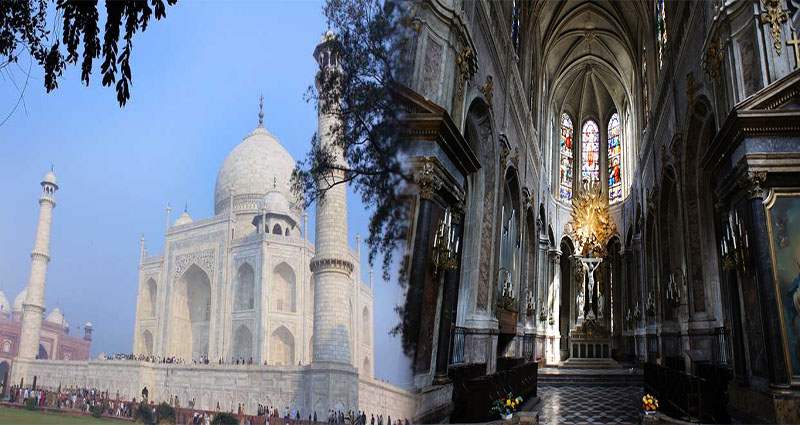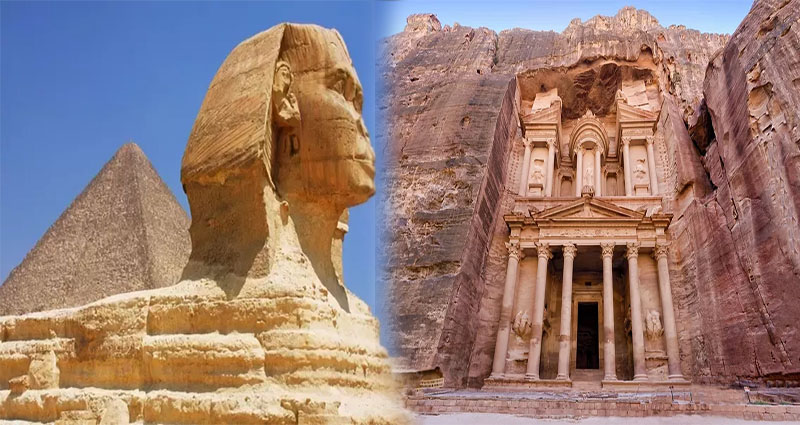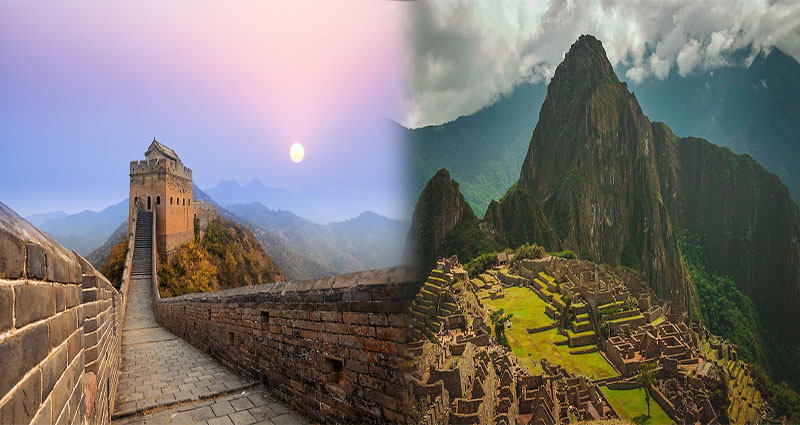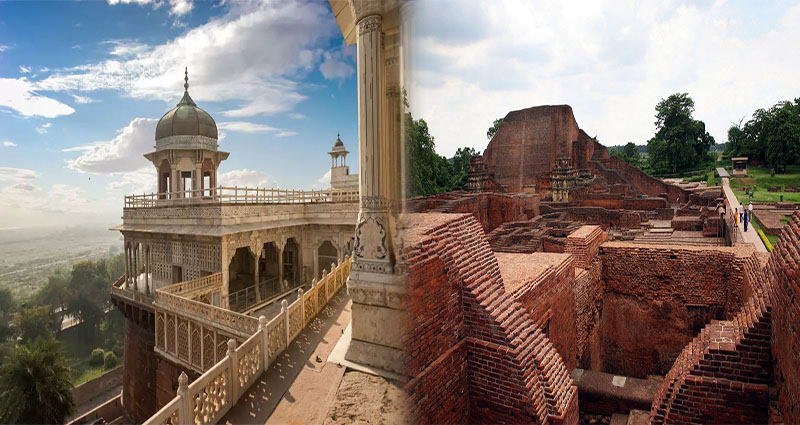Exploring California’s Top National Historical Parks by State
California’s diverse and storied history is preserved and celebrated through its impressive array of national historical parks, each offering a captivating journey into the state’s rich cultural heritage and significant historical events. From the rugged coastline to the majestic mountains and sprawling desert landscapes, these national historical parks serve as windows into California’s past, providing unique insights into the people, places, and events that have shaped the state’s identity. Let’s embark on a virtual tour of some of California’s top national historical parks by state.
Golden Gate National Recreation Area – San Francisco
Spanning over 80,000 acres, the Golden Gate National Recreation Area is one of the largest urban parks in the world. It encompasses a multitude of historical sites, including the former military fortifications of Fort Point and the iconic Alcatraz Island, offering a glimpse into California’s military, penal, and immigration history.
Yosemite National Park – Sierra Nevada
Yosemite … Continue reading >>>>
Preservation and Conservation Efforts for Historical Monuments
Historical monuments stand as timeless testaments to human creativity, innovation, and cultural heritage, but they face the constant threat of degradation and destruction due to natural processes and human activity. Preservation and conservation efforts play a vital role in safeguarding these irreplaceable landmarks for future generations. Here, we explore the significance of preservation and the various efforts dedicated to protecting these invaluable pieces of history.
Maintenance and Restoration
Preservation efforts often involve routine maintenance and targeted restoration to mitigate the wear and tear that historical monuments endure over time. Skilled professionals, including architects, archaeologists, and conservators, employ a combination of traditional and advanced techniques to stabilize structures, repair damage, and prevent further deterioration. This ensures that the monuments retain their structural integrity and aesthetic appeal.
Environmental Monitoring and Management
The impact of environmental factors, such as climate change, pollution, and natural disasters, poses a considerable threat to historical monuments. Preservation … Continue reading >>>>
Architectural Styles of Ancient Historical Monuments
The architectural wonders of ancient historical monuments stand as testaments to the innovative and visionary craftsmanship of civilizations that have long since passed. Each monument reflects the unique architectural styles and techniques of its era, serving as a window into the cultural, religious, and technological advancements of ancient societies. Here, we delve into the diverse architectural styles that define some of the world’s most iconic historical monuments.
Colosseum, Rome, Italy
The Colosseum embodies the grandeur and sophistication of Roman architecture, showcasing arches, columns, and a tiered seating structure that became defining features of the Roman Empire’s building style. This amphitheater’s innovative use of arches and concrete construction techniques set the standard for future architectural endeavors.
Parthenon, Athens, Greece
The Parthenon, a temple dedicated to the goddess Athena, epitomizes the classic Greek architectural style characterized by Doric columns, a pediment, and intricate friezes. The temple’s symmetrical design and use of optical … Continue reading >>>>
Historical Monuments Visited by Famous Leaders
Historical monuments hold a cultural significance that transcends time and geography. These landmarks reflect the stories and legacies of the people who walked the same paths and built the same structures that we admire today. In particular, many famous leaders throughout history have visited these monuments to experience their impact firsthand. Here are a few examples of famous historical monuments visited by renowned leaders.
The Great Wall of China, China
The Great Wall of China has been visited by countless leaders throughout history due to its immense cultural and architectural significance. Multiple U.S. Presidents, including Richard Nixon and Barack Obama, have toured the site to gain insight into China’s history and witness the wall’s impressive fortifications and watchtowers.
The Colosseum, Rome, Italy
The Colosseum has been a symbol of Roman might and engineering prowess for centuries, and it has been visited by several historical figures of note, including Napoleon Bonaparte … Continue reading >>>>
List of UNESCO World Heritage Historical Monuments
The UNESCO World Heritage list encompasses a wide range of cultural and natural landmarks from around the globe. One of the most compelling categories within this list is the historical monuments, which capture the diverse and rich history of different civilizations. Here, we present a curated selection of historical monuments that have been designated as UNESCO World Heritage sites, each with its own unique story and significance.
The Great Wall of China, China
The Great Wall of China stands as a testament to the ingenuity and engineering prowess of ancient China. Constructed over several dynasties, it stretches over 13,000 miles and is a symbol of defense and protection.
Machu Picchu, Peru
Nestled high in the Andes Mountains, Machu Picchu is an ancient Incan city that was mysteriously abandoned and rediscovered centuries later. Its perfectly preserved architecture and stunning natural surroundings make it a marvel of ancient urban planning and construction.… Continue reading >>>>













